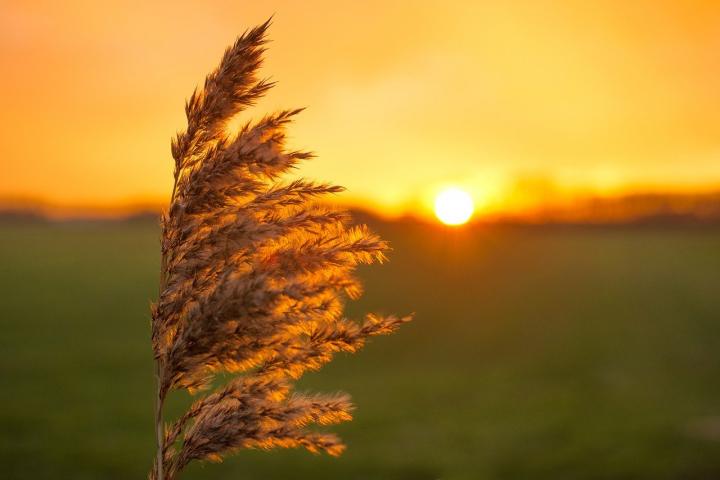Haiku for the Edinburgh Wind
MindLetter post written by Dr Kitty Wheater.
Dear all,
The mindfulness drop-ins continue this Friday, 1.10-1.50pm in the Chaplaincy Centre in Bristo Square; do join us in person then, or online the following Tuesday lunchtime.
Meanwhile, reflections
On our winds, breezes, and gales
With a sweet painting.
Haiku for the Edinburgh Wind

This is the time of year I think of Japan. In September 2014 my sister and I went for three weeks, at the height of a dengue fever outbreak in Tokyo. The heat was humid, and glorious; we got bitten, but remained uninfected. We visited gardens, temples, and museums all over Honshu; we used Google Translate to eat in restaurants; we got lost, happily. This month the photos have popped up on Facebook day after day; I look at a sultry Kyoto sky while that of Edinburgh lowers, remember the pristine Zen gardens while I scuff fallen leaves with my feet in the Braids. A couple of weeks ago I found myself transported even more by Tara Brach’s interview with Natalie Goldberg, a world-renowned Zen practitioner and writer, and the author of Three Simple Lines: A Writer’s Pilgrimage into the Heart and Homeland of Haiku.
Goldberg writes and speaks compellingly about haiku as spiritual practice. In seventeenth-century Japan, poets began to compose small standalone poems using imagery of the natural world – a form that eventually became known as haiku. It often captures themes of stillness and movement, change and stasis. Take this, from Basho:
An old silent pond
A frog jumps into the pond
Splash! Silence again.
Or this:
Lightning flash –
What I thought were faces
Are plumes of pampas grass.
As spiritual practice, writing haiku is a slowing down, a dwelling, in the time it takes for a frog to leap or a lightning bolt to illuminate the ground. Haiku captures the very definition of a ‘moment’ – light, brief, and momentous, all at the same time; the writer’s skill is in their capacity to catch it, see it clearly, and love it enough to give it words. The reader’s joy is to stumble upon it: the American poet Allen Ginsberg wrote that a haiku is ‘three lines that make the mind leap’; that a good one allows the mind to experience ‘a small sensation of space which is nothing less than God’.
I thought of this when I picked the cards for this month’s Why Don’t You Write Me bundle. Isn’t good art, too, so often the experience of ‘a small sensation of space’, conjured by a moment loved enough to reincarnate? In ‘Windy Day on the Meadows’, by Edinburgh artist Jennifer Thomson, leaves are stripped from trees in a gale, a student loses their hat, and a small wind-tossed dog looks back, disbelieving, at its owner. This painting, too, is a play on movement and stasis, and its naïve style is a call to joy.
The wind in Edinburgh is of a particular kind, and I’ve wondered at it ever since I arrived; my love of the city and its gales seems inextricably intertwined, as I wrote in a poem two years ago. And so, for Why Don’t You Write Me, we went out into the sunny Edinburgh afternoon and befriended the wind, and wrote our own haiku. When we returned, we read out loud to each other. Leaves fell just out of reach, trees whispered, windfall apples thumped. Suitably, one poet found herself torn between three different endings: after all, who knows how the moment will end?
In the warm winds of these last September days, as I watch the trees tremble and the leaves drift, I think of how Tara Westover writes about wind in her memoir Educated:
The hill is paved with wild wheat…the wheat field is a corps de ballet, each stem following all the rest in bursts of movement, a million ballerinas bending, one after the other, as great gales dent their golden heads. The shape of that dent lasts only a moment, and is as close as anyone gets to seeing wind.
We know wind only by its momentary quality, and by what it touches: the leaves spinning in space, our own skin, our lost hat, and the wheat field. We know it through its whisper and rustle, its crackle and snap, its crunch and thump. Wind is forever just out of reach – and in that small space, perhaps, is nothing less than God.
May you find your own haiku in the breezes, gasps, and gales of the Edinburgh wind this afternoon. Here’s one of mine, to see you on your way.
Orchestra of wind
Now the lime, now the rowan
Sighs and dies away.
Warm wishes,
Kitty


